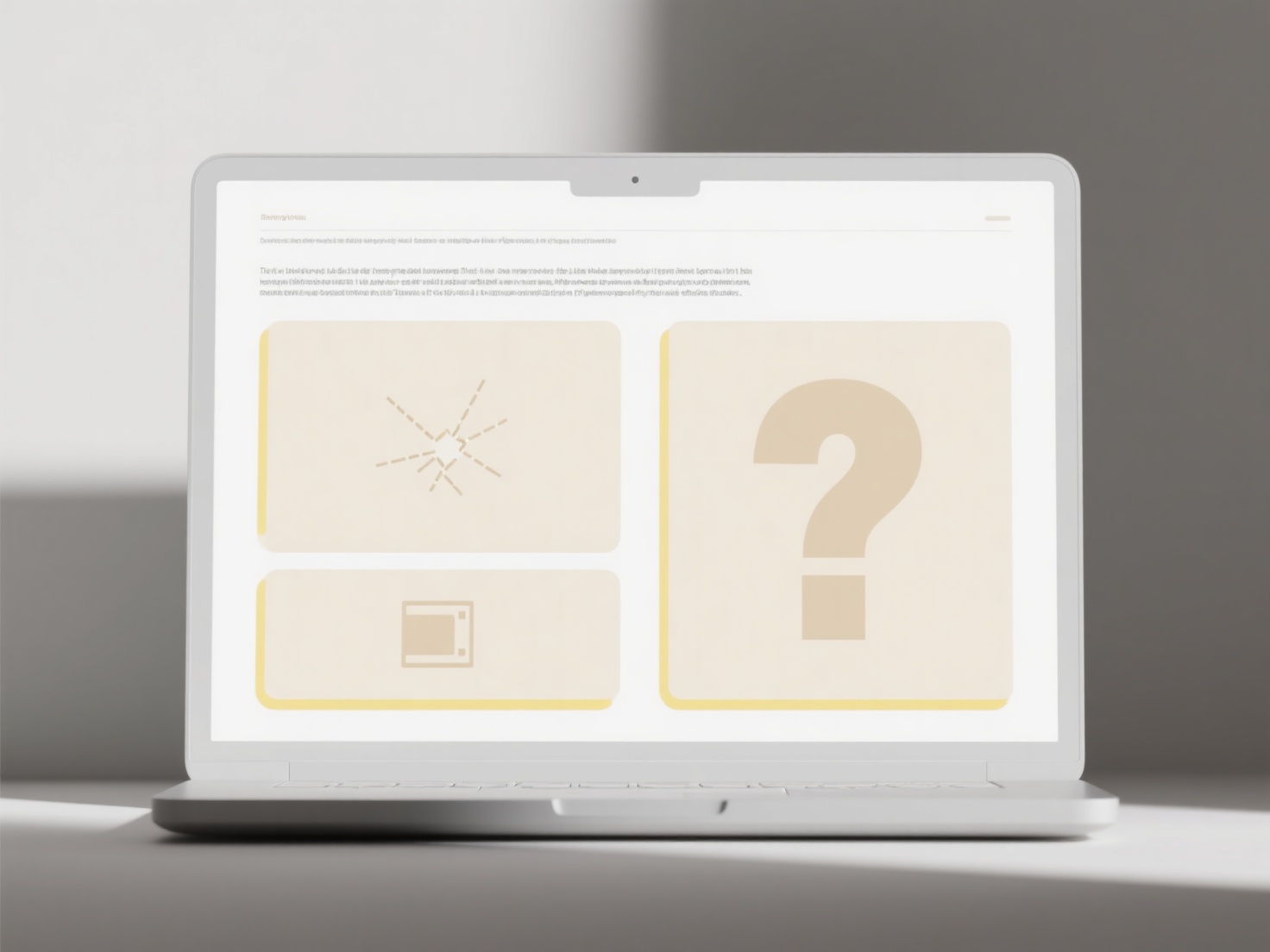
The best way to export a file for professional printing involves preparing a PDF optimized for high-quality reproduction. Key settings include using CMYK color mode instead of RGB, ensuring image resolution is at least 300 PPI at the final output size, embedding all fonts, and including sufficient bleed (typically 3mm) where graphics extend to the edge. Crucially, using a PDF preset like PDF/X-1a or PDF/X-4 minimizes compatibility issues by embedding fonts and ensuring color data is managed correctly, preventing unexpected color shifts or font substitutions.
In practice, design software like Adobe InDesign, Illustrator, or Photoshop includes built-in presets named "PDF/X-1a" or "High Quality Print." For example, a brochure exported as PDF/X-4 from InDesign automatically handles font embedding and CMYK conversion. Similarly, packaging designers always set bleed and export print-ready PDFs with crop marks. Print shops consistently request PDFs in these formats for materials ranging from business cards to large posters.

This approach guarantees consistent results, reduces printing errors, and is widely supported by print shops worldwide. Limitations include larger file sizes and the need for designers to correctly manage color profiles and image resolution upfront. The main ethical consideration involves understanding file submission requirements to prevent unnecessary material waste from misprints. While evolving standards like PDF/X-6 support richer color, PDF/X remains the reliable industry benchmark.
What’s the best way to export a file for printing?
The best way to export a file for professional printing involves preparing a PDF optimized for high-quality reproduction. Key settings include using CMYK color mode instead of RGB, ensuring image resolution is at least 300 PPI at the final output size, embedding all fonts, and including sufficient bleed (typically 3mm) where graphics extend to the edge. Crucially, using a PDF preset like PDF/X-1a or PDF/X-4 minimizes compatibility issues by embedding fonts and ensuring color data is managed correctly, preventing unexpected color shifts or font substitutions.
In practice, design software like Adobe InDesign, Illustrator, or Photoshop includes built-in presets named "PDF/X-1a" or "High Quality Print." For example, a brochure exported as PDF/X-4 from InDesign automatically handles font embedding and CMYK conversion. Similarly, packaging designers always set bleed and export print-ready PDFs with crop marks. Print shops consistently request PDFs in these formats for materials ranging from business cards to large posters.

This approach guarantees consistent results, reduces printing errors, and is widely supported by print shops worldwide. Limitations include larger file sizes and the need for designers to correctly manage color profiles and image resolution upfront. The main ethical consideration involves understanding file submission requirements to prevent unnecessary material waste from misprints. While evolving standards like PDF/X-6 support richer color, PDF/X remains the reliable industry benchmark.
Related Recommendations
Quick Article Links
Should I use year/month/day folders for archiving documents?
Should I use year/month/day folders for archiving documents? Using year/month/day folder structures provides chronolog...
How do I search across mounted virtual drives?
Mounted virtual drives are virtual devices created by specialized software that mimic physical drives but use files (lik...
Can conflicting file timestamps trigger duplication?
File timestamps record the creation, modification, or last access time of a file. Conflicting timestamps occur when diff...